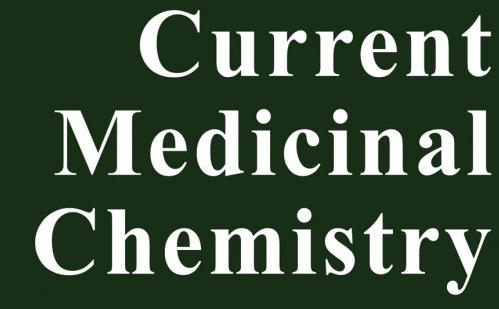
The neuromedin U peptide sequence is highly conserved between various species. Neuromedin U is involved in a variety of physiological processes. It exerts its effects via two neuromedin U receptors, NMUR1 and NMUR2. These receptors are characterized by a distinct, yet complementary, tissue distribution with NMUR1 mostly found in the periphery, while NMUR2 is most abundant in the central nervous system. The capability of the neuropeptide to reduce food intake in rodents triggered the design and synthesis of broad range of modified peptide ligands. The purpose of these ligands is to develop novel therapeutics which could be beneficial in the treatment of obesity and diabetes. Most compounds are derived either from the full-length neuromedin U sequence or are based on the truncated orthologs of this neuropeptide. Only few non-peptidic ligands were developed. This review provides an overview on the various neuromedin U analogs and mimetics that have been reported to date.
